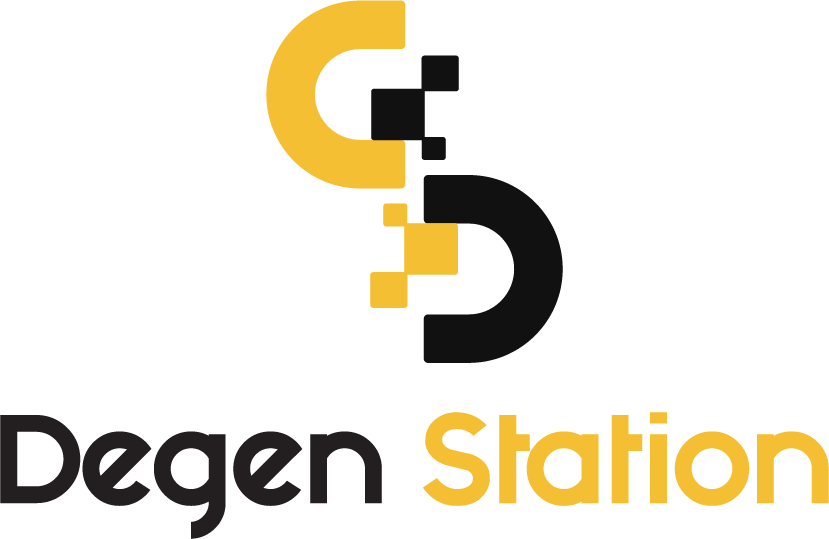Stablecoin USDC Launches on 6 New Blockchains

Following its earlier announcement, Circle has commenced the deployment of USDC on 6 new blockchains, including Polygon PoS, Base, Polkadot, NEAR, Optimism, and Cosmos.

With recent backing from Coinbase, the second-largest issuer of stablecoins is expanding USDC to 6 new blockchains, aiming to strengthen its market position amid the current decline in supply.
Throughout September and October, USDC will launch native token versions on Polygon PoS, Base, Polkadot, NEAR, Optimism, and Cosmos, with further details to be announced soon.
1/ The wait is finally over. Throughout September & October, $USDC will launch natively on mainnet for @BuildOnBase, @cosmos via @noble_xyz, @NEARProtocol, @optimismFND, @Polkadot & @0xPolygon – expanding access to USDC from nine ecosystems to 15. https://t.co/E62XvWkQ3s
— Circle (@circle) August 23, 2023
Including these new additions, USDC now operates on a total of 15 blockchains, alongside Ethereum, Avalanche, Arbitrum, Stellar, Algorand, Tron, Flow, Solana, and Hedera. The circulating supply of USDC at the time of writing is approximately $25.9 billion USD.
As reported by Coin68 yesterday, Coinbase has increased its investment in Circle, although the exact value of the transaction remains undisclosed. Under the agreement, both parties have agreed to dissolve the Centre Consortium, a joint venture between Coinbase and Circle responsible for managing USDC issuance operations. Circle will now have sole authority over supply management and coordination of this stablecoin.
The decision to expand access to multiple new blockchains comes at a time when USDC is losing market share to competitors like Tether, largely due to ripple effects from the US banking crisis in March. Additionally, competition from PYUSD, a stablecoin issued by PayPal, adds to the pressure.

Commenting on the matter, analyst Avivah Litan suggests that neither Coinbase nor Circle can influence user preferences for stablecoins; the key issue lies in capital flight. Therefore, expanding support to additional chains may not fully address the issue. Evidence supporting this view includes the volatility in Bitcoin prices in 2023, which has reached historical lows, as summarized by Coin68.





